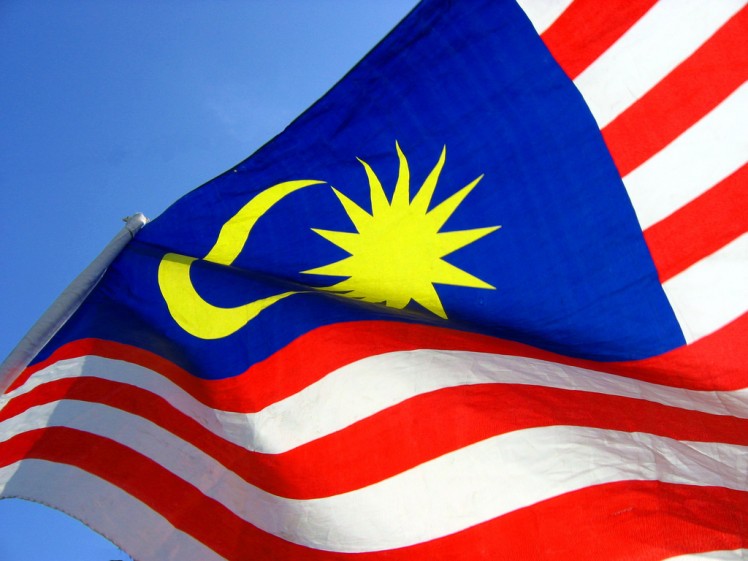
Photo credit: .ET. / Foter / CC BY-SA
Frances Wilks looks at the different cultures of Malaysia and discusses how expats can get the most from all the multicultural experiences Malaysia has to offer.
When I first came to Malaysia as a small child I could barely remember my native country, so the intensity of the heat and smells, the chaotic traffic, and the multicultural richness seemed entirely normal to me. My mother wasn’t the typical expat wife of the day; she threw herself into understanding the local cultures, learned Malay, and studied the religions that are practised here. A keen photographer, she would follow a Chinese funeral procession with its paper effigies and ranks of mourners for miles in her car and her greatest thrill was hearing that a fire-walking ceremony was about to take place in some distant village. She even became a Buddhist for a time but that was more or less by accident. (In those days, this was rather more unusual for a Westerner than it is today.) When we returned to England, she made her hundreds of colour slides into lectures for the Commonwealth Institute in London. One of them was entitled “The Three Races of Malaysia” and that basic understanding of three traditions living in one country has stayed with me. It is, of course, an oversimplification of a complex history, and individuals are more than their cultural background, but nevertheless, knowledge of and respect for it enables us to build relationships at a deeper level.
Cultural Awareness and Learning the Language
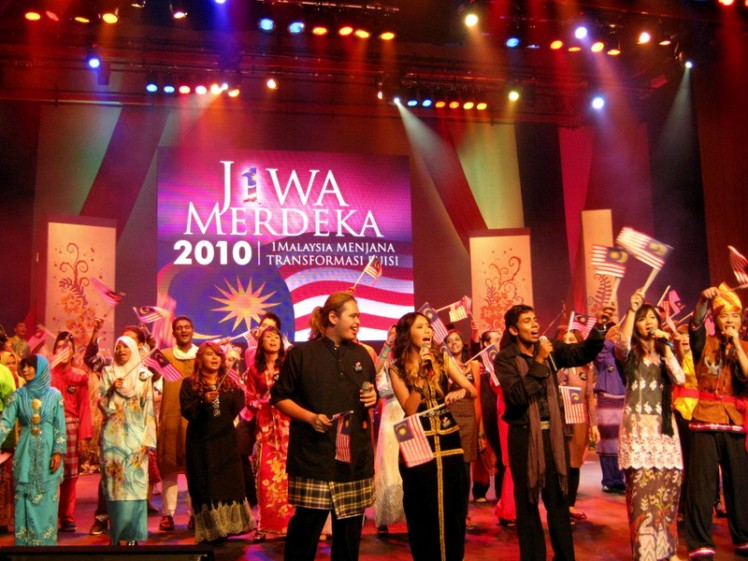
Photo credit: Gloson / Foter / CC BY-NC
Things have changed in the last half century and most expats are nowadays much more culturally savvy than they were then. Malaysia’s changed too and there are parts of KL where you could be anywhere in the world. But step outside that international bubble and you find the real Malaysia. Actually not just one Malaysia but the three different strands that make up the country. Living here is a great education in cultural diversity because you can witness tolerance (for the most part) amongst the three main ethnic groups that make up the country.
When confronted with different belief systems and ways of life, it’s quite natural to feel that one’s own are subtly better. The best way round this is to challenge this belief by getting to know as much about the different cultures as possible. You can get so much from reading, but people are often the best ambassadors for their way of life. Fortunately, Malaysia’s a very friendly place and most Malaysians will happily chat to you about their lives. As English is widely spoken, you can get by without learning a language which is a plus point. But a few words of Bahasa Malaysia (by far easier than either Tamil or the Chinese dialects spoken here, mostly
Cantonese and Hokkien) will take you much further. Don’t forget that most people, irrespective of their background, learn some Bahasa at school anyway. And being able to speak even a little in their language shows Malaysians that you respect them and their heritage.
The Three Largest Cultural Communities in Malaysia
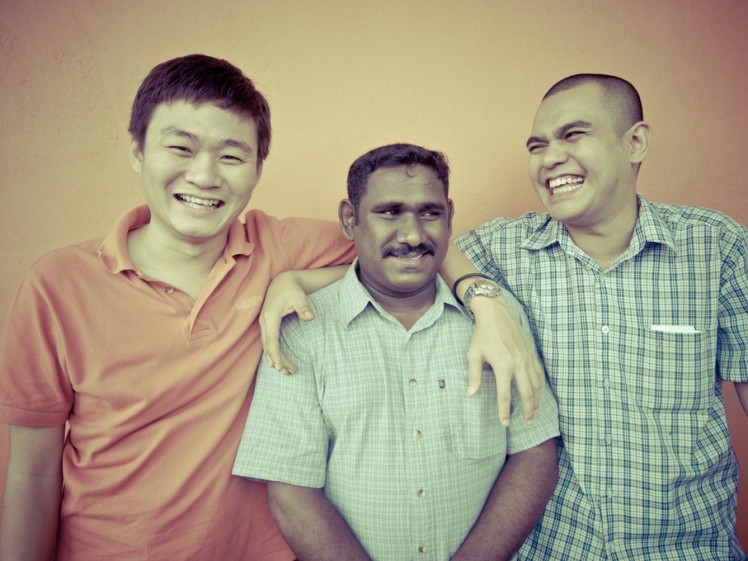
Photo credit: en-shahdi / Foter / CC BY-NC
The majority racial group are the Malays and they practise Islam. It’s almost impossible to separate the religion and culture because Islam is a total way of life. We notice it most during the fasting month, Ramadan, where devout Muslims will not take food or drink during the daytime hours and we quickly learn that it isn’t good manners to eat in front of them at these times. Islam prescribes a sharp division between the sexes and so touching – however innocently – can be frowned upon. Instead of shaking the hand of a person of the opposite sex when you meet them, try smiling and inclining your head in a slight bow. Be sensitive to dietary restrictions, such as pork and alcohol. Some Muslims practice these more stringently than others but if you invite a Malay to your house, be aware of these considerations. My mother was able to photograph inside a mosque in the 1960s but nowadays it usually isn’t possible to even enter a mosque if you’re not a Muslim.
Malaysia’s Chinese are immigrants, some fairly recent and some with ancestry stretching back over hundreds of years. Religion is more a matter of personal choice and it can include practising Taoism, Buddhism, or Christianity, or indeed classifying oneself as a free thinker. Nevertheless the Chinese community has strong traditions that govern behaviour. One of them is the avoidance of losing face, or, to put it another way, not humiliating themselves or causing another person to lose respect for them. This can be tricky in crosscultural terms as most Westerners are used to being fairly direct and making a virtue out of being assertive. Even the rough and tumble of a debate can seem argumentative and disrespectful to a Chinese. There are many other Chinese cultural nuances that aren’t apparent at first glance. For example, there is great sensitivity to number. Few condos have a floor with the number four in it, instead they will amend the floor below with an “A” so 3A or 13A represents that level. This is because the word for four sounds like the word for death and reference to that should be avoided. There is a business card etiquette – make sure you present and receive the other person’s card with care and put it away carefully.
The last of the three major groups in Malaysia are the Indians. There is a long tradition of migration across the Indian Ocean in search of a better life. As a result they are quite a diverse group – mostly they are Hindus but quite a few are Muslims and some are Christians. Hinduism has some amazingly colourful festivals – possibly the most dramatic is Thaipusam which has just recently been celebrated. To show respect to an Indian, avoid touching their ears or head, as they are considered holy. Eat with your right hand only and receive or give presents with that hand. Always take your shoes off when entering a temple. If you invite a Hindu to your home, avoid cooking them a beef dish. Generally speaking the Indian community is the most direct speaking of the three races of Malaysia but this is only a generalisation and each individual is different.
Cultural Interactions
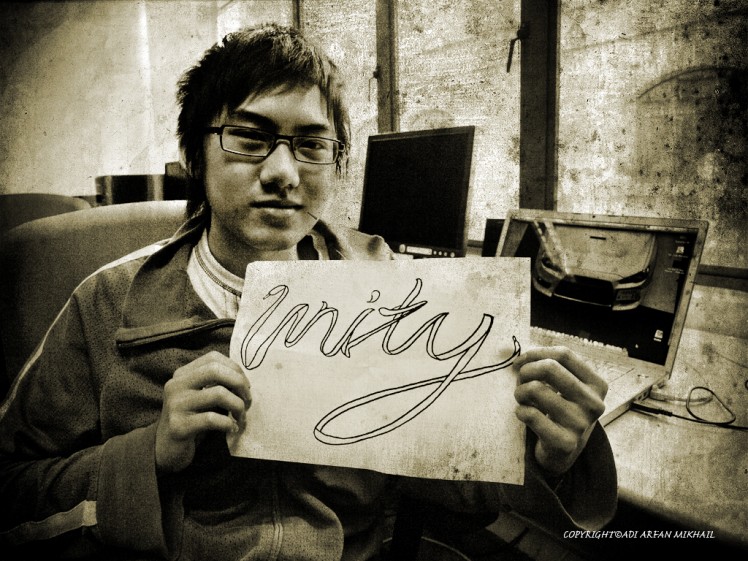
Photo credit: @dipek / Foter / CC BY-NC
My mother’s three categories only take us so far. Modern Malaysia, while not without its tensions, has managed to get three different cultural groups to work in relative harmony. There are stresses and disagreements but there is often understanding and give and take on a personal level. In their interactions we can see the real issues of cultural diversity – tolerance for another’s culture and beliefs while being able to be secure in one’s own. In this way, Malaysia has much to teach an expat and such knowledge is extremely valuable.
Read This: 3 Museums on Penang’s Armenian Street You Should Visit
Source: The Expat Magazine March 2015
Update: Title revised on 13 April, 2015.
"ExpatGo welcomes and encourages comments, input, and divergent opinions. However, we kindly request that you use suitable language in your comments, and refrain from any sort of personal attack, hate speech, or disparaging rhetoric. Comments not in line with this are subject to removal from the site. "

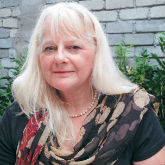



















Do no marginalise us treat us has malaysian…..
https://www.youtube.com/watch?v=X5XWVj-0EV0
I need some good #MALAYSIAN friend’s Send . . . Me friend riquest wating for you 🙂 🙂 🙂 🙂
He forgot about us Expats culture…always pay more, act like your lost, & only speaks English.
Wrong. You forgot the majority in Sabah and Sarawak.
Hey it’s more than three different cultures.